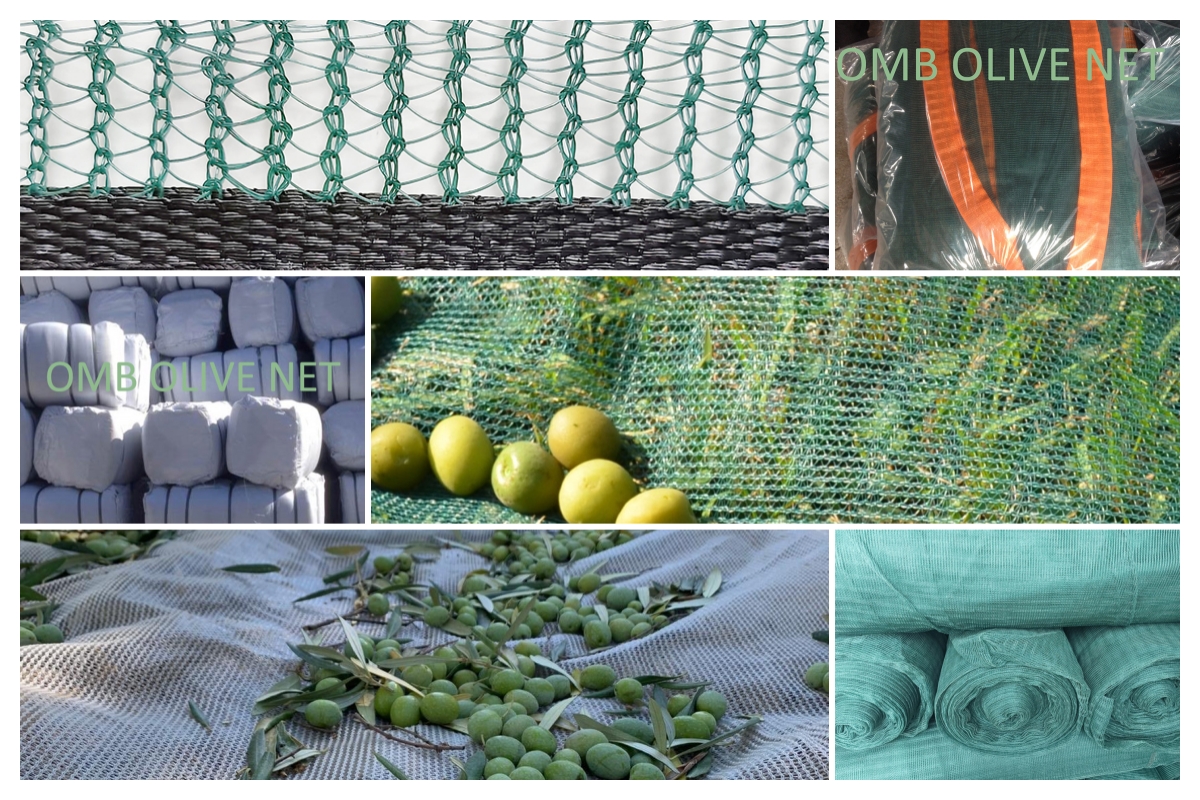
Olive nets help to significantly reduce the labor required during olive harvesting in a few key ways:
- Concentrated Collection: With olives collected directly on the nets rather than scattered on the ground, workers don't need to spend as much time searching large areas to manually locate and pick up each olive. This saves substantial time and effort.
- Fewer Collection Passes: Rather than making multiple passes across an orchard to gradually collect olives, nets allow all the fruit to be gathered in a single efficient pass. Workers don't need to re-comb areas they've already covered.
- Less Individual Handling: Olives don't need to be manually plucked from trees or individually picked up from the ground. The net collects them together so they can be emptied efficiently in bulk. This minimizes the handling of each olive.
- Reduced Labor Needs: Since collection is expedited, fewer workers are needed to harvest an orchard in the same timeframe compared to manually scouring for scattered olives. Crew sizes can be reduced.
- Mechanization Potential: Nets make it feasible to introduce mechanized shakers, vacuums or other equipment to further streamline the process and reduce dependence on manual labor.
By simplifying and speeding up collection workflows, olive nets translate directly to reduced labor hours and fewer workers needed for harvests. This significantly cuts the costs and resource requirements of olive production.
Here are some additional ways that olive nets can help reduce labor needs during olive harvesting:
- Less Time Spent on Preparation: Nets require minimal setup time compared to erecting ladders, scaffolds or other equipment. They can be quickly laid out under trees.
- Less Groundwork Required: No need to manually clear debris from the ground beforehand since olives fall directly onto the nets. This eliminates a prep task.
- Reduced Olive Loss: Nets ensure nearly all ripe olives are captured rather than getting left behind on trees or ground. Less re-checks are needed to find missed fruit.
- Less Post-Harvest Cleanup: Olives are contained on the nets, avoiding messes. Nets can be directly emptied versus manually picking up olives scattered everywhere.
- Less Olive Damage: Intact olives don't require as much inspection and sorting to cull bruised or cracked fruit not suitable for processing or sale.
- Reduced Risk of Injury: Nets eliminate safety risks to workers like falls from ladders or overexertion from heavy lifting and repetitive bending.
- Year-Round Storage: Well-maintained nets can be reused annually versus rebuilding support structures or ladders each season.
By streamlining tasks from pre-harvest prep to post-harvest cleanup, olive nets maximize labor productivity throughout the entire harvesting process. This translates to meaningful reductions in time and personnel needs.


 英语
英语 西班牙语
西班牙语













